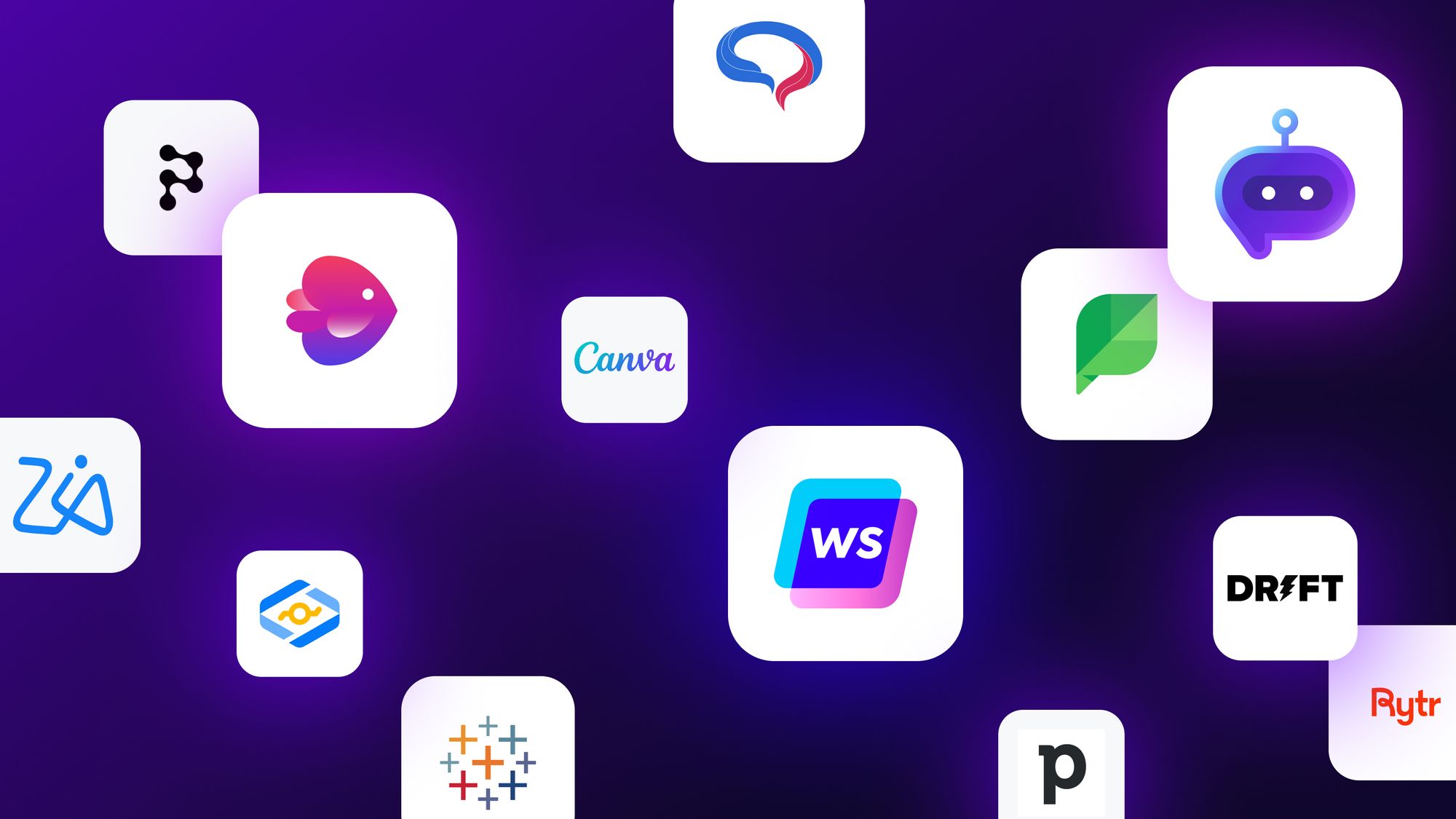In today’s tech-savvy world, you’ve probably come across Text-to-Speech, or TTS, without even realizing it. It’s that friendly voice guiding you through GPS directions or the digital assistant reading your favorite book aloud. But what’s the story behind Text-to-Speech, and how does it bring words to life?
In this blog, we’ll take a closer look at Text-to-Speech technology. We’ll break down the nuts and bolts of how it transforms written text into spoken words and explore the many practical applications it offers across various industries. If you’ve ever been curious about the voice on the other end of your device or how this technology works its magic, you’re in the right place.
What is text-to-speech (TTS)?
Text-to-speech (TTS) is a remarkable technology that transforms written text into spoken words, bridging the gap between the written word and the spoken voice. It’s a technology with a mission – to make information accessible to everyone, regardless of visual impairments or learning preferences.
The Intricate Mechanics of Text-to-Speech (TTS)
Text-to-speech (TTS) technology is a fascinating field that brings the written text to life by converting it into natural, spoken language. To truly appreciate its inner workings, let’s explore each step in more detail:
1. Text Analysis
At the heart of TTS lies a meticulous process of text analysis. Here, the system dissects the written text into its fundamental elements – individual words, phrases, and sentences. This initial breakdown is crucial as it is the foundation for the subsequent stages.
2. Linguistic Processing
In the linguistic processing stage, the TTS system doesn’t just stop at recognizing words; it goes deeper. It interprets the nuances within the text, understanding its grammatical structure, punctuation, and formatting. This profound understanding allows the system to create a natural, spoken flow that mimics human speech.
3. Voice Synthesis
Voice synthesis is where the magic truly happens. TTS technology employs either pre-recorded human voices or AI-generated voices. These voices are carefully crafted to ensure clarity and authenticity. AI-generated voices are becoming increasingly sophisticated, offering a broader range of tones and accents, making the spoken output sound more natural.
4. Speech Rendering
The final step, speech rendering, focuses on articulation, tone, and pace. Here, the TTS system carefully crafts how each word is pronounced, the tone it conveys, and the pace at which it’s spoken. This meticulous control ensures that the resulting speech is not only accurate but also engaging and easy to understand.
The Comprehensive Advantages of Text-to-Speech (TTS)
In an increasingly digital world, Text-to-Speech (TTS) technology emerges as a powerful ally, reshaping how we interact with written content. Its impact extends beyond convenience, reaching the very heart of accessibility, learning, productivity, and more.
1. Accessibility for All
Imagine a world where digital content knows no barriers. TTS turns this dream into reality. For those with visual impairments, it serves as a digital equalizer, rendering text as spoken words. It isn’t just about accessibility; it’s about inclusivity, extending the web’s reach to every corner.
2. Language Learning
Learning a new language can be daunting. TTS steps in as your patient tutor, assisting with pronunciation and comprehension. It’s like having a language coach by your side, guiding you with authentic accents and intonation.
3. Boosting Productivity
Time is our most precious resource and TTS values that. It transforms documents, articles, and emails into audio, letting you multitask like a pro. Commuting or exercising? Dive into information effortlessly.
4. Enhanced User Experiences
Digital content evolves with your preferences. Whether you prefer to read or listen, TTS caters to you. It’s about making your online experience engaging and customizable, from websites to e-learning platforms.
5. Assisting Those with Reading Challenges
Traditional reading methods can be frustrating for individuals with dyslexia or reading difficulties. TTS is their trusted companion, offering an alternative path to information, free from the shackles of conventional reading.
Use Cases for Text-to-Speech (TTS) in B2B and B2C Companies
Text-to-speech (TTS) tools offer several valuable use cases for businesses, enhancing productivity and user experience:
Audiobook Production
TTS technology can automate the conversion of written content into audiobooks, saving time and resources while catering to a broader audience’s preferences for audio content. This technology is also used in character voice generators to give unique voices to different characters in the book.
Accessibility Compliance
Businesses can ensure their digital content is accessible to individuals with visual impairments by using TTS to convert text into spoken words, making websites and documents compliant with accessibility regulations.
Interactive Voice Response (IVR) Systems
TTS is vital for creating natural-sounding voice prompts in IVR systems enhancing customer service by providing automated but human-like interactions, such as call routing and information retrieval.
Content Localization
TTS tools can assist in creating multilingual content by converting text into different languages and accents, expanding a business’s global reach, and improving the user experience for diverse audiences.
Virtual Assistants and Chatbots
Integrating TTS into virtual assistants and chatbots allows businesses to provide personalized and engaging interactions with users, whether on websites or through messaging apps, enhancing customer engagement and support.
Content Creation and Marketing Materials
TTS can quickly convert written content, such as blog posts, articles, or marketing materials, into audio format by creating podcasts and audiobooks. This enables marketers to reach audiences who prefer audio content, such as podcast listeners and provides an accessible option for those with visual impairments.
Enhanced Product Demonstrations
Sales teams can use TTS to create audio-enhanced product demonstrations or tutorials. This makes it easier for potential customers to understand product features and benefits, leading to more informed purchase decisions.
Meet Audiosonic: Elevating Text to Speech
Audiosonic is an exciting tool that takes TTS to the next level. Developed by Writesonic, Audiosonic employs advanced AI to convert text to speech effortlessly. It’s a game-changer for content creators, educators, and anyone who values the power of spoken words. With Audiosonic, you can create lifelike audio content effortlessly, enhancing engagement and accessibility.
Here is how you can create audio using Audiosonic in minutes!
- Sign up with Writesonic and create your account
2. Navigate to in the Writesonic library page and select Audiosonic
3. Enter a text of your choice in the text box
You can choose the voice character you want and click Generate
4. Your audio will be available for download in seconds!
Here is a sample audio for you!
Audiosonic output
0:00
/0:031×
I took two minutes to do that! Isn’t that so cool?
Features of Audiosonic that you will love!
Audiosonic is an easy-to-use, text-to-speech converter with features that are easy to use. Whether you want to create snippets for social media or podcasts, you can do it all through a simple, intuitive UI and affordable tool.
1. Lifelike Audio Generation
Say goodbye to lifeless audio! Audiosonic’s advanced AI voice generator creates audio that’s strikingly realistic and human-like. It’s so authentic that listeners can hardly tell the difference from a human voice. Your brand deserves a relatable voice, and Audiosonic makes it possible. Join the AI audio revolution and watch your content come to life.
2. Multilingual Magic
Don’t let language barriers hold your business back. Audiosonic offers incredible multilingual support, allowing you to reach every corner of the globe. The advanced AI voice generator ensures your message resonates with diverse audiences worldwide. And the best part? More languages are coming, so get ready to expand your global reach!
3. Instant Gratification
Time is of the essence in the business world. Audiosonic understands that and doesn’t keep you waiting. It can generate high-quality audio instantly! Whether you’re on the go or working against tight deadlines, Audiosonic’s instant audio generation is a game-changer. Amplify your message immediately with Audiosonic.
4. Seamless Integration
Audiosonic plays well with others. It seamlessly integrates with a wide range of platforms and software, making it an ideal companion for your existing tools. Whether you use Writesonic, Chatsonic, or other software, Audiosonic enhances your workflow and simplifies content creation.
5. Customized Voices
Your brand deserves a voice as unique as your identity. Audiosonic allows you to customize voices to align perfectly with your brand persona. Whether you need a professional tone or a friendly one, Audiosonic has you covered, ensuring your message resonates with your target audience.
6. Text-to-Speech on the Go
Life moves fast, and so should your content creation. Audiosonic’s mobile-friendly interface lets you generate audio even when you’re away from your desk. Whether you’re traveling or simply on the move, Audiosonic ensures you can create audio content effortlessly.
7. AI-Enhanced Editing
Editing audio can be a hassle, but not with Audiosonic. Its AI-powered editing capabilities simplify the process. You can easily edit and fine-tune your audio, ensuring it meets your exact requirements without the need for complex software.
8. Comprehensive Analytics
Understanding your audio content’s impact is crucial. Audiosonic provides comprehensive analytics that gives you insights into audience engagement. Measure the success of your audio content and refine your strategies for even better results.
Expand your marketing horizons with text-to-speech!
Text-to-speech technology is not just about converting text into speech; it’s about breaking down barriers, fostering inclusivity, and enhancing digital experiences. With innovations like Audiosonic, the future of TTS looks promising, promising a world where information is not just written but spoken, heard, and understood by all. Embrace this technology, and let your words be heard.















![21 Practical Ways to Use AI [Examples + Tools]](/wp-content/uploads/How-to-use-AI-scaled.jpg)



![140 Best AI Tools: Rated & Reviewed [2025]](/wp-content/uploads/Best-AI-Marketing-Tools-1-1.jpg)












